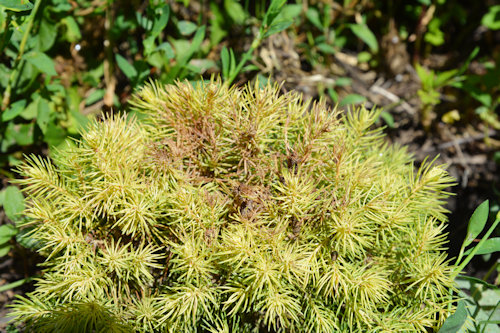With up to twenty generations of spider mites breeding in a single year, they can become a real pest fast. Your garden may even be a breeding ground as you read this. Do you have the capacity and ability to deal with them?
Read the following to learn more about these tiny spider-like creatures.
What Are They?
These tiny creatures have distant cousins in spiders and ticks. They have eight legs and a sac-like body, but no notable head feature. Spider mites feed on plants and are very small, but can spread very fast.
Their size makes them quite hard to find. They are little more than a speck on a leaf, so are often mistaken for dirt or a leaf’s imperfections.
Where Can You Find These Mites?
Spider mites exist everywhere in the United States and Canada. They even threaten the plants of Southern Maryland. There are two common mites that you can find in these locations: The Twospotted Spider Mite and the Spruce Spider Mite.
Twospotted Spider Mites are most active during the Spring and Summer. They can cause the most damage after hot weather as they remove moisture from the leaves of plants. You can find them on almost two hundred plant species, including those you might find in the common garden or aesthetic landscape.
Spruce Spider Mites spread more during the cooler seasons of the Spring and Fall. During the rest of the time, they lay dormant as eggs that reactivate when the temperature moves back to their preferred region.
What Are the Symptoms of Conifer Spider Mites?
You can find a spider mite infestation from the damage they cause to plants. If the leaves in your garden are starting to become brittle, curl or twist around, this can be one of the first signs.
At other times, you might find the foliage to discolor and gain small yellowing spots or speckles. With enough damage, the plant will soon turn brown or needles will fall from it.
If you examine a plant close enough, you may even find a very fine webbing at the base of dropped needles. These are a surefire sign of mite infestations.
What to Do About Them
Because spider mites are so small, you may have difficulty tracking whether they have disappeared from your plants or not. One of the best ways to get rid of spider mites is thus insecticide.
Using broad-spectrum systemic insecticides, you can reduce the mite population to next to nothing. Then, after several applications, you can engage in spider mite control and ensure they do not return to bother you again.
Where to Learn More
Now you know more about Spider Mites in the Southern Maryland area, you might want to get rid of them. If that is the case, you can always give our offices a call.
Our pest removers would be more than happy to talk to you about your options. All you need to do is get in contact today.
NEED HELP?
If you live in Southern Maryland, or Northern Virginia
FIND YOUR SOLUTION HERE
People, Pet & Pollinator Safe! Pest control for people who care.
